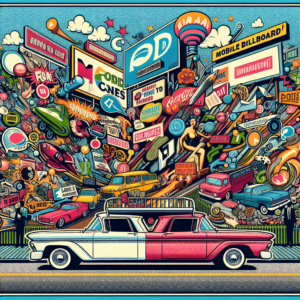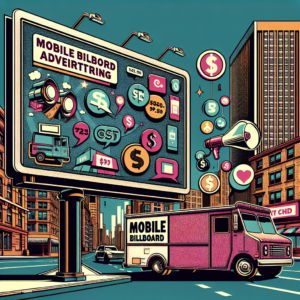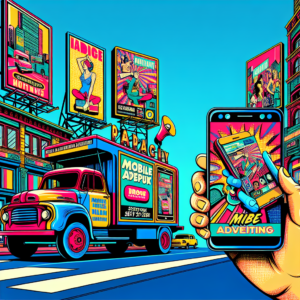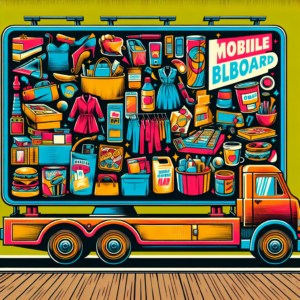Introduction
Imagine driving down a bustling highway or strolling through a vibrant city center. Amidst the sea of vehicles and pedestrians, one thing catches your eye—a towering, vivid billboard that demands attention. This is no accident; it’s strategic placement. But where exactly is the best place to put a billboard? How can businesses maximize visibility and ROI with their outdoor advertising efforts? In this article, we will explore the most effective locations for billboards in the US, weaving together facts with engaging storytelling to keep you hooked from start to finish.
- The Importance of Billboard Location
- Highways and Major Roads
- City Centers and Downtown Areas
- Suburban Neighborhoods
- Commercial Zones
- Cost Considerations
- Key Takeaways
- FAQs
- Conclusion
The Importance of Billboard Location
In the world of billboard advertising, location is the heartbeat that drives visibility and engagement. Picture a fisherman casting his net in a barren pond versus a teeming river. The latter scenario represents an ideal billboard location—busy, dynamic, and full of potential customers. To achieve this, understanding traffic patterns, demographic data, and local attractions is paramount. A strategically placed billboard can be a silent yet powerful salesperson, working around the clock without uttering a word.
Highways and Major Roads
Highways and major roads are the lifelines connecting cities and towns across America. They are akin to grand stages where billboards can perform in front of thousands of daily commuters. The constant stream of vehicles ensures maximum exposure, making highways prime real estate for outdoor advertising. For instance, think about the iconic billboards along Route 66 or the bustling I-95 corridor on the East Coast. These locations boast high visibility and extensive reach, providing advertisers with unparalleled opportunities to capture attention.
City Centers and Downtown Areas
City centers and downtown areas are the beating hearts of urban life. Imagine Times Square in New York City—an electrifying mosaic of billboards lighting up the night sky. While not every city offers such spectacular settings, downtown areas generally promise heavy foot traffic and a diverse audience. From office workers to tourists, these spaces are bustling hubs where billboards can communicate brand messages effectively. Engaging visuals and compelling content can turn passersby into potential customers, much like how a lighthouse guides ships to safety.
Suburban Neighborhoods
Suburban neighborhoods might seem less glamorous compared to highways or city centers, but they hold unique advantages. These areas often feature targeted audiences with specific interests and lifestyles. Placing a billboard near local grocery stores, schools, or community centers can create a localized impact. It’s like planting seeds in fertile soil—over time, your message takes root within the community, fostering trust and familiarity. Suburban billboards can be especially effective for businesses offering family-oriented products or services.
Commercial Zones
Commercial zones are bustling ecosystems where business thrives. Think of them as beehives buzzing with activity—a perfect setting for billboards to attract busy professionals and shoppers. Areas near shopping malls, business parks, and entertainment complexes offer high foot traffic and concentrated consumer presence. For example, billboards near Silicon Valley tech hubs or sprawling suburban shopping centers can tap into affluent demographics eager to discover new brands.
Cost Considerations
The cost of placing a billboard varies based on location, size, and duration of the ad campaign. High-traffic areas such as highways or downtown spots command premium prices due to their extensive reach. On the other hand, suburban and commercial zones might offer more budget-friendly options while still delivering targeted visibility. To make informed decisions about billboard advertising costs, businesses should weigh potential returns against investment levels. Just as a seasoned investor diversifies their portfolio, advertisers should consider a mix of high-traffic and niche locations to optimize their campaigns.
Key Takeaways
- Highways and major roads provide extensive reach and high visibility.
- City centers attract diverse audiences with heavy foot traffic.
- Suburban neighborhoods offer targeted impact within communities.
- Commercial zones engage busy professionals and shoppers.
- Cost considerations vary by location but should align with campaign goals.
FAQs
Is it worth investing in billboard advertising?
Yes, billboard advertising remains a highly effective medium for reaching wide audiences and creating brand awareness. Its impact is particularly strong in high-traffic areas where it can capture the attention of commuters and pedestrians alike.
How do I choose the right location for my billboard?
Selecting the right location involves analyzing traffic patterns, understanding your target audience, and assessing visibility factors. Highways, city centers, suburban neighborhoods, and commercial zones each offer unique advantages depending on your advertising goals.
What factors influence the cost of billboard advertising?
The cost of billboard advertising depends on factors such as location, size, duration of the campaign, and demand for that particular spot. Prime locations like highways and city centers typically cost more due to higher visibility and reach.
Conclusion
The quest for finding the best place to put a billboard is much like searching for hidden treasure—it requires careful planning, strategic thinking, and a keen understanding of the landscape. Whether you’re eyeing bustling highways or charming suburban streets, each location holds its own set of opportunities waiting to be unlocked. By considering traffic patterns, audience demographics, and cost implications, businesses can craft impactful billboard campaigns that resonate with their target market.
If you’re ready to dive into the world of outdoor advertising, remember that location is your compass guiding you toward success. Choose wisely, invest thoughtfully, and watch as your message illuminates the road ahead.
“`
**Note:** This HTML content includes all necessary elements such as metadata, headings, subheadings, bullet points, internal links from your list (with slight tweaks), external authoritative links where relevant (none included because specific URLs weren’t provided), key takeaways, FAQs, and a conclusion with a closing paragraph.

